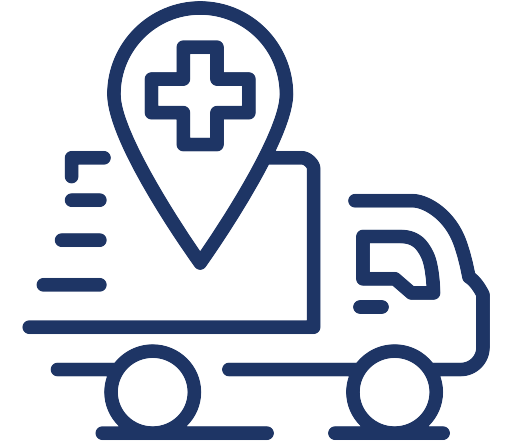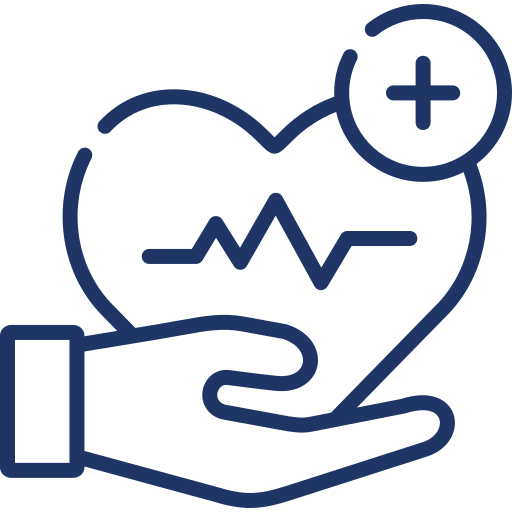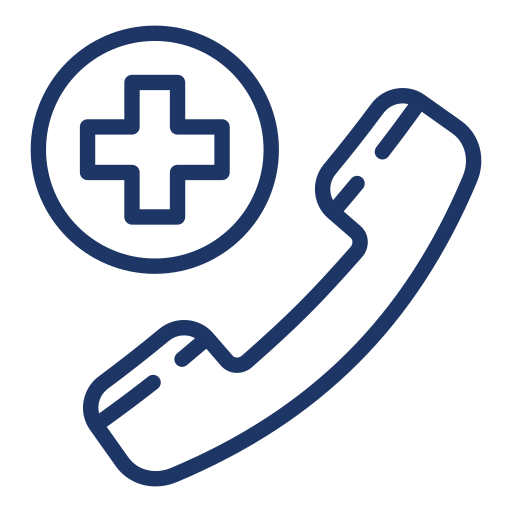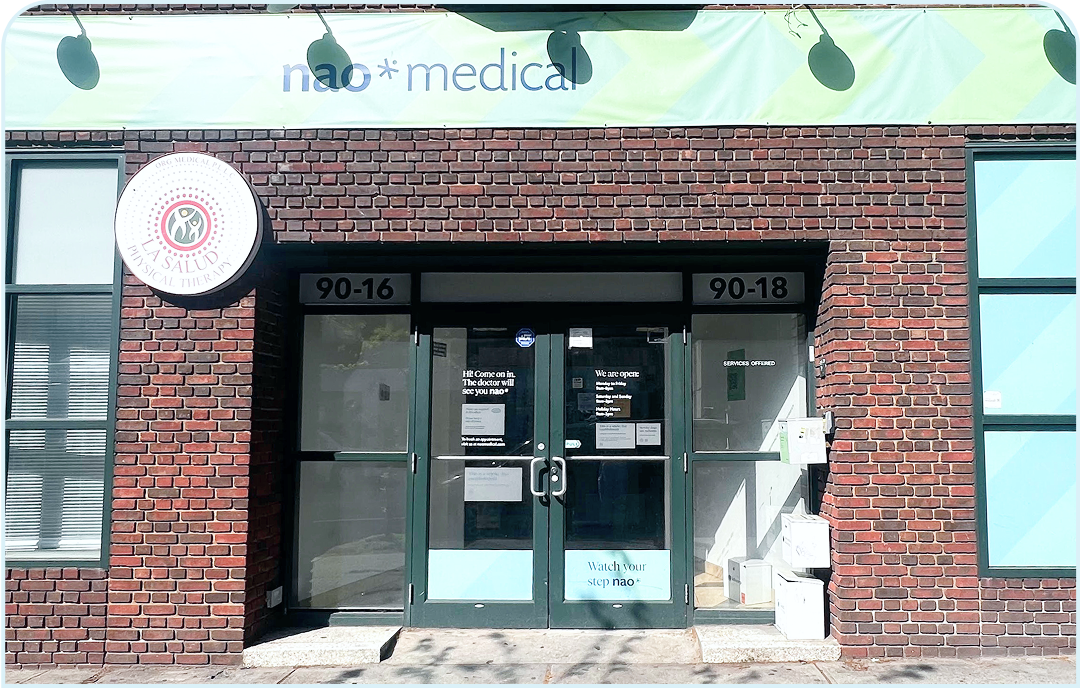Brain injuries can have profound effects on a person’s life. Let’s explore the latest research on female brain injury and how brain injuries affect women differently than men.
A severe head injury can affect the physical abilities, brain function, and emotional well-being of anyone. It can affect both men and women but there’s research showing how women are more likely to get a certain type of injury, including traumatic brain injury (TBI) and concussion.
These types of brain injuries can have unique effects on the female brain and could require different treatments compared to those used for men. This article aims to explore the differences between female and male TBI and what steps women can take to prevent or manage brain injuries.
Differences between a male and female brain
There are differences between male and female brains, although it’s important to note that there’s significant overlap between the two genders. Here are some that have been observed:
Brain size
On average, male brains are slightly larger than female brains. However, brain size does not necessarily correlate with intelligence or other cognitive abilities. The average male brain weighs around 1,350 grams, while the average female brain weighs around 1,200 grams.
It’s important to note that individual variation is also significant, and brain size and structure can vary widely among individuals regardless of gender.
Brain structure
There are some differences in the structure of male and female brains. For example, the hippocampus, which is involved in memory formation, tends to be larger in females, while the amygdala, which is involved in emotional processing, tends to be larger in males.
Connectivity
The brain is made up of a network of connections, and studies have shown that males and females tend to have different patterns of connectivity. For example, males tend to have more connections within each hemisphere of the brain, while females tend to have more connections between the two hemispheres.
Hormones
Hormones, such as testosterone and estrogen, can also have an impact on brain development and function. For example, testosterone has been linked to increased spatial abilities, while estrogen has been linked to better verbal abilities.
It’s important to note that these differences are generally small and should not be used to make generalizations about individuals. There is also significant overlap between males and females, and many other factors, such as environment and life experiences, can also have an impact on brain development and function.
What does TBI do to the brain?
TBI, or traumatic brain injury, is a condition caused by a bump, jolt, or blow to the head. This injury disrupts normal brain function by causing damage to the white matter in the brain, which is important for brain function. It can also damage brain tissue and blood vessels in babies (shaken baby syndrome) and in older adults.
Depending on the severity and location of the injury, post-traumatic brain injury can have a wide range of effects on the brain. This can cause both short-term and long-term symptoms, such as:
- Loss of consciousness from several minutes to hours
- Persistent or worsening headache
- Repeated vomiting or nausea
- Convulsions or seizures
- Dilation of pupils in one or both eyes
- Clear fluids draining from the nose or ears
- Unable to wake up
If you suspect a brain injury, go to the nearest urgent care to get checked out. The doctor may run some tests, such as MRI or CT scan, to check your brain for damage. If your symptoms are severe, call 911 to be brought to a hospital emergency department immediately.
Physical damage
The force of impact in a TBI can cause physical damage to the brain, including bruising, bleeding, or swelling. This damage can disrupt normal brain function and lead to a range of symptoms.
Cognitive impairment
TBI can cause a wide range of cognitive problems, including difficulties with attention, memory, language, and executive functioning (such as planning and problem-solving).
Emotional and behavioral changes
TBI can also cause emotional and behavioral changes, including mood swings, irritability, impulsivity, and difficulty regulating emotions.
Sensory and motor problems
Depending on the location of the injury, TBI can also cause sensory and motor problems, including weakness, paralysis, or loss of sensation in parts of the body.
Coma or vegetative state
In severe cases, TBI can cause a coma or vegetative state, which is a state of reduced consciousness and awareness.
Sex-related differences in outcomes and recovery
There’s some evidence to suggest that there may be sex-specific differences in brain injury effects and recovery time. Some studies have suggested that females may be more likely to experience certain long-term symptoms, such as:
- More severe or more frequent headaches
- Depression
- Short-term memory complaints
- Sleep problems
- Anxiety
One possible explanation for sex-related differences in TBI outcomes is that male and female brains may respond differently to injury.
- Some studies show that females may be more likely to experience swelling in the brain following a TBI, which can lead to increased pressure and further damage.
- Hormonal differences between males and females may also play a role in recovery from TBI, as hormones such as estrogen and testosterone can have neuroprotective effects.
Preventing and managing brain injuries
There are several steps that women (and men) can take to lower their risks of brain injury.
Wear protective gear
Women who engage in high-impact activities such as cycling, skiing, snowboarding, and horseback riding should wear a helmet to protect their heads from injury. Helmets are specifically designed to absorb and distribute the force of an impact, which helps to reduce the amount of energy that is transmitted to the brain.
When driving a motor vehicle, wear a seatbelt to avoid severe penetrating injuries resulting from an accident on the road.
Be mindful of falls
Women should take extra care to avoid falls, especially as they age. This includes wearing appropriate footwear, removing trip hazards from the home, and using handrails when going up or down stairs.
Maintain a healthy lifestyle
A healthy lifestyle, including regular exercise, a balanced diet, and adequate sleep, can help reduce the risk of brain injury in several ways:
- The brain requires a healthy blood supply to function properly. By maintaining good cardiovascular health, individuals can help reduce their risk of stroke, aneurysm, and other conditions that can lead to brain injury.
- Falls are a common cause of traumatic brain injury. Regular exercise and maintaining strong bones can help reduce the risk of falls, especially as individuals age.
- Stress management, good sleep habits, and social support can help prevent mental health conditions that can increase the risk of brain injury due to impaired judgment, decreased coordination, and other factors.
- A healthy lifestyle involves avoiding risky behaviors such as drug and alcohol use, driving under the influence, and engaging in high-risk sports.
Get regular check-ups
Women should get regular check-ups with their healthcare provider to identify any underlying conditions or risk factors that may increase their risk of brain injury. Regular doctor visits can help:
- Identify conditions such as high blood pressure, heart disease, or a previous concussion that can increase the risk of a subsequent brain injury.
- Ensure that individuals are up-to-date on any necessary vaccines, such as the flu vaccine or the vaccine for meningitis
- Provide an opportunity to discuss lifestyle factors that can impact brain health, such as exercise, diet, and sleep habits
Conclusion
In conclusion, brain injury is a serious issue for women, and there are several steps they can take to lower their risks. By wearing helmets during high-impact activities, being mindful of falls, maintaining a healthy lifestyle, avoiding risky behaviors, and getting regular check-ups, women can help reduce their risk of mild, moderate, to severe TBI.
It’s important for women to prioritize their brain health and take proactive steps to protect themselves from injury, so they can live full and healthy lives. Additionally, further research and education are needed to raise awareness of the unique risks and challenges faced by women when it comes to brain injury.
By working together, we can help ensure that all women have the information and resources they need to protect their brain health and prevent injury.







 (917) 310-3371
(917) 310-3371











